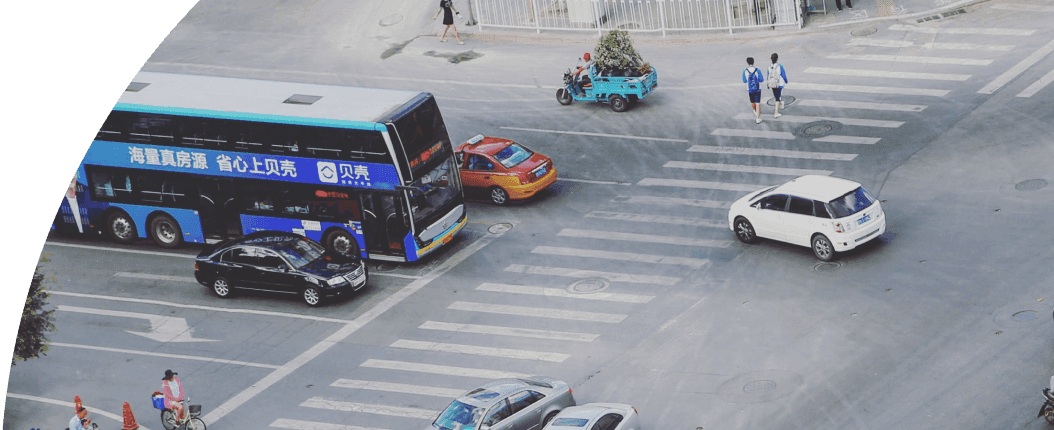
News
By 3lane, May 29, 2012
The most valuable real estate today is in walkable urban locations - and that's a stark change from only a decade ago.
That is one of the principal findings of a new report from the Brookings Institution. Walk this Way:The Economic Promise of Walkable Places in Metropolitan Washington, D.C. is an economic analysis of the neighborhoods in and surrounding our nation's capital.
"Emerging evidence points to a preference for mixed-use, compact, amenity-rich, transit-accessible neighborhoods or walkable places," the report explains, noting that consumer preferences have shifted and that demand for walkable housing is outpacing supply, thus contributing to higher property values.
These popular neighborhoods are also economic powerhouses. Walkable neighborhoods perform better economically, perform better commercially, have higher housing values and had lower capitalization rates during the recent recession than their suburban counterparts, according to the report.
Christopher Leinberger, coauthor of the Brookings report and President of LOCUS: Responsible Real Estate Developers and Investors, further explained his findings in a New York Times article Sunday. From "Now Coveted: A Walkable, Convenient Place:
Until the 1990s, exclusive suburban homes that were accessible only by car cost more, per square foot, than other kinds of American housing. Now, however, there is too much housing inventory in these suburban locations, and housing values have fallen. Today, the most valuable real estate lies in walkable urban locations. Many of these pricey places were slums only 30 years ago.
Mariela Alfonzo and I just released a Brookings Institution study that measures values of commercial and residential real estate in the Washington, D.C., metropolitan area, which includes the surrounding suburbs in Virginia and Maryland. Our research shows that real estate values increase as neighborhoods became more walkable, where everyday needs, including working, can be met by walking, transit or biking. There is a five-step “ladder” of walkability, from least to most walkable. On average, each step up the walkability ladder adds $9 per square foot to annual office rents, $7 per square foot to retail rents, more than $300 per month to apartment rents and nearly $82 per square foot to home values.
As a neighborhood moves up each step of the five-step walkability ladder, the average household income of those who live there increases some $10,000. People who live in more walkable places tend to earn more, but they also tend to pay a higher percentage of their income for housing.
...
Different infrastructure needs to be built, including rail transit and paths for walking and biking. Some research has shown that walkable urban infrastructure is substantially cheaper on a usable square foot basis than spread-out drivable suburban infrastructure; the infrastructure is used much more extensively in a small area, resulting in much lower costs per usable square foot.
It’s important that developers and their investors learn how to build places that integrate many different uses within walking distance. Building walkable urban places is more complex and riskier than following decades-long patterns of suburban construction. But the market gets what it wants, and the market signals are flashing pretty brightly: build more walkable, and bikable, places.
Considering the economic benefits of walkable places, the report authors emphasize the importance of integrating walkability into all strategic growth plans. Lenders, developers, local and regional planning agencies, private foundations and government agencies seek to promote and sustain economic growth all have a role in ensuring this happens.
Read more:
- Walk this Way:The Economic Promise of Walkable Places in Metropolitan Washington, D.C. (PDF)
- Now Coveted: A Walkable, Convenient Place
- D.C.’s walkable neighborhoods have a lot to offer, but at a price
- How the real estate market is changing: walkability counts a lot more
- Why We Pay More for Walkable Neighborhoods

© 2025 Smart Growth America. All rights reserved
Site By3Lane Marketing







